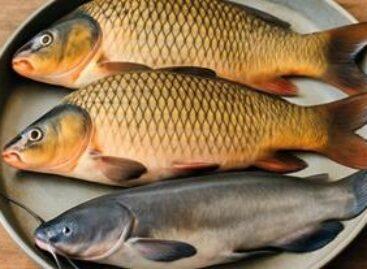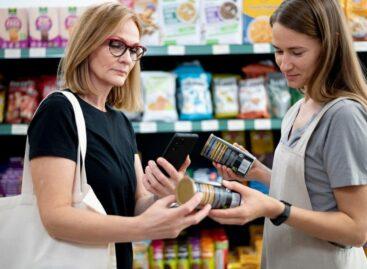Coupons, points, VAT
We asked Zsolt Tenczer, senior manager of PricewaterhouseCoopers, about the differences between the way VAT deductible after promotional vouchers is calculated n the EU and in Hungary. Vouchers and coupons are still relatively rarely handed out by manufacturers to consumers directly in the FMCG sector. There are substantial differences between EU countries ad Hungary in the way VAT payable after such sales or gifts is calculated. As an expert from PwC pointed it out to us, it is an essential requirement that if there is a difference in the way VAT is calculated for a specific transaction, then the system which is more favourable for the tax payer should be applied. In his case however, out authorities have not succeeded in interpreting a ruling by the EU court adequately yet, which means manufacturers pay more tax after such transactions than they should. At the moment, VAT payable after coupon transactions is calculated as follows. Manufacturers sell their products to retailers who in turn sell these to consumers. Consumers pay the full price to retailers, which appears as revenue, following deduction of VAT after the purchase price. If and when manufacturers want to get the VAT proportionate to the value of vouchers back, after consumers have obtained the product at a lower price, this is only possible at the end of the year or accounting period, provided the invoices issued for retailers are corrected accordingly. However, it is not easy to correct an invoice which cannot be linked to a specific earlier sale, since voucher campaigns in retail trade may take place long after deliveries to retailers take place. Another possibility is that retailers add up all the coupons, which can then be used to reduce VAT payable by the manufacturer. The simple method would be to leave retailers out of this process, so that manufacturers would not have to correct invoices. Vouchers are used more frequently in the EU than in Hungary.
Related news
Related news
Hungarian professional leadership also shaped global economic decisions at the historic B20 summit in South Africa
🎧 Hallgasd a cikket: Lejátszás Szünet Folytatás Leállítás Nyelv: Auto…
Read more >Tradition and health on the holiday table – at least let’s eat fish at Christmas!
🎧 Hallgasd a cikket: Lejátszás Szünet Folytatás Leállítás Nyelv: Auto…
Read more >Perceived price increase index remains high
🎧 Hallgasd a cikket: Lejátszás Szünet Folytatás Leállítás Nyelv: Auto…
Read more >



